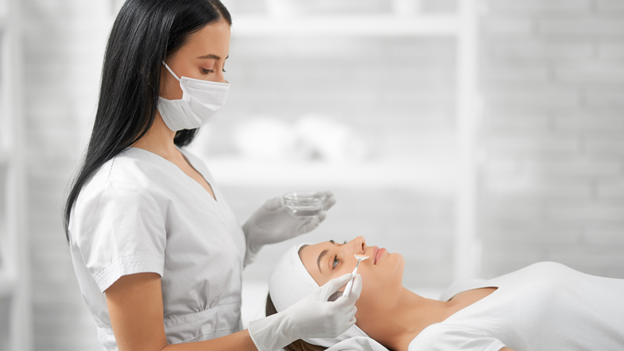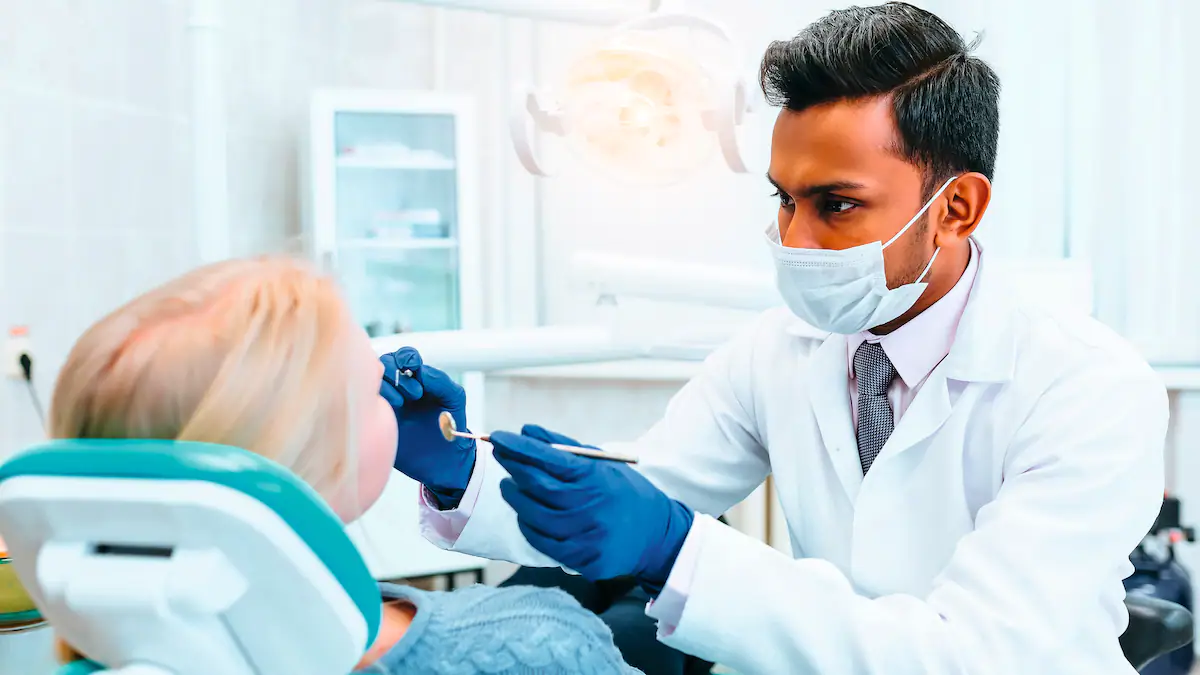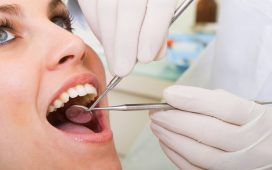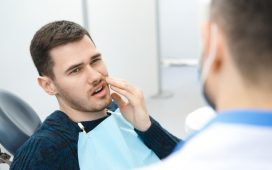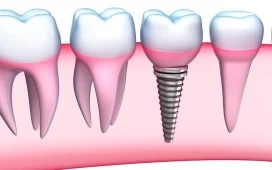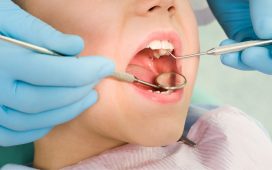From red rashes to scaly patches, the skin can be a confusing canvas. Many skin conditions present similarly—itchy, red, flaky, or inflamed—yet they stem from entirely different causes and require vastly different treatments. Misidentifying these conditions can lead to delays in healing or even worsening symptoms. That’s why an accurate diagnosis from a trained professional is essential before starting any new skincare routine or medication.
Below are several pairs of commonly confused skin conditions—and what makes each one unique.
1. Eczema vs. Psoriasis
Both eczema and psoriasis cause red, itchy patches on the skin, but they are fundamentally different.
- Eczema (atopic dermatitis) typically begins in childhood and is often triggered by allergens, stress, or dry weather. It presents as dry, cracked skin with intense itching.
- Psoriasis, on the other hand, is an autoimmune condition that causes skin cells to turn over too quickly. It appears as thick, silvery scales on top of red plaques and may involve the scalp, elbows, or knees.
Treatment difference: Eczema is treated with moisturizers, antihistamines, and topical steroids. Psoriasis often requires immune-modulating treatments such as biologics, phototherapy, or systemic medications.
2. Rosacea vs. Acne
These two conditions can both lead to red bumps on the face, especially around the nose and cheeks.
- Rosacea usually involves persistent redness, visible blood vessels, and flushing. It’s more common in fair-skinned adults and may worsen with triggers like heat, alcohol, or spicy food.
- Acne includes blackheads, whiteheads, and cystic breakouts, often due to clogged pores and bacteria.
Treatment difference: Rosacea is managed with gentle skincare, anti-inflammatory medications, and sometimes laser therapy. Acne requires exfoliation, topical retinoids, or antibacterial agents.
3. Fungal Infection vs. Eczema
A circular, itchy rash might look like eczema, but if it has a defined edge and is spreading, it might be a fungal infection such as ringworm.
- Fungal infections thrive in moist environments and spread easily across the skin.
- Eczema typically stays localized and doesn’t spread in a circular fashion.
Treatment difference: Antifungal creams are needed to treat fungal infections, while eczema responds to anti-inflammatory and barrier-repair treatments. Using the wrong treatment can actually worsen the condition.
4. Contact Dermatitis vs. Hives
Both conditions cause red, itchy patches, but their triggers and patterns differ.
- Contact dermatitis occurs when the skin reacts to an allergen or irritant like nickel, fragrances, or poison ivy. The reaction typically appears where the skin touched the offending substance.
- Hives (urticaria) are raised, itchy welts that come and go, often caused by allergic reactions or stress.
Treatment difference: Contact dermatitis may require patch testing to identify the allergen, followed by avoidance and topical steroids. Hives often respond well to antihistamines and identifying systemic triggers like food or medication.
5. Actinic Keratosis vs. Seborrheic Keratosis
Both can appear as rough, crusty growths on older adults, but only one carries the risk of progressing to skin cancer.
- Actinic keratosis (AK) is a precancerous lesion caused by sun damage. It tends to feel gritty or like sandpaper and appears in sun-exposed areas.
- Seborrheic keratosis is benign and waxy in appearance, sometimes described as “stuck-on.”
Treatment difference: AKs often need to be removed or treated with cryotherapy or topical medications to prevent progression to squamous cell carcinoma. Seborrheic keratoses are harmless and typically only removed for cosmetic reasons.
6. Lupus Rash vs. Rosacea
Both can present as redness across the cheeks and nose, but the underlying conditions are very different.
- Lupus causes a “butterfly” rash that may also be accompanied by fatigue, joint pain, and other systemic symptoms.
- Rosacea doesn’t usually cause symptoms beyond the skin.
Treatment difference: Lupus requires systemic immune-modulating medications and close monitoring, while rosacea is treated topically or with lifestyle modifications.
Why an Accurate Diagnosis Matters
When skin issues arise, it’s tempting to reach for over-the-counter creams or follow advice from the internet. However, misidentifying a condition can lead to delayed healing or even worsening of symptoms. This is especially true for look-alike conditions, where using the wrong product—like applying steroid cream to a fungal infection—can cause more harm than good.
That’s why medical dermatology treatments are so important. A board-certified dermatologist can provide a precise diagnosis using a combination of visual inspection, patient history, and sometimes lab testing or skin biopsies. From there, they can recommend targeted therapies that address the root cause of your skin condition—not just the symptoms.
Your skin is your body’s largest organ—and one of its most complex. When something seems off, don’t guess. Conditions that look similar on the surface often require very different approaches behind the scenes. A professional evaluation ensures you’re not only treating your skin safely but also effectively. If you’re struggling with a persistent rash or flare-up, it’s time to seek expert guidance and personalized care.

